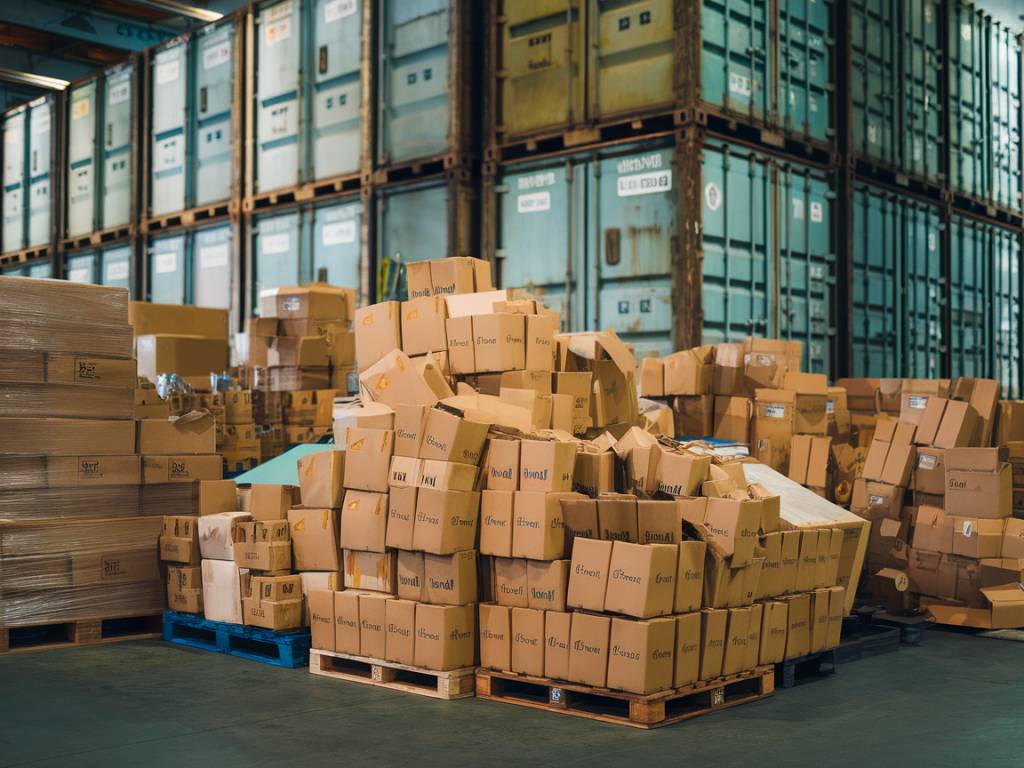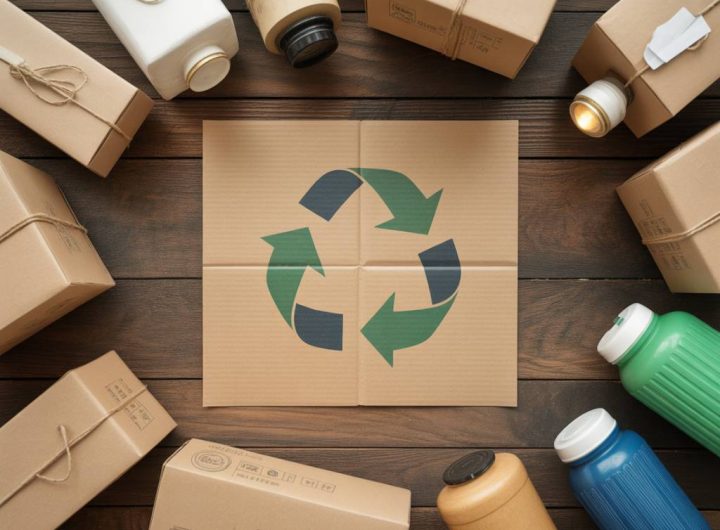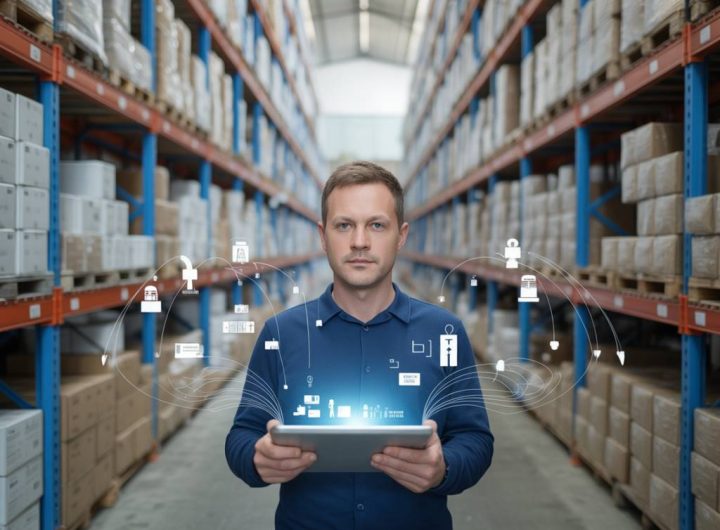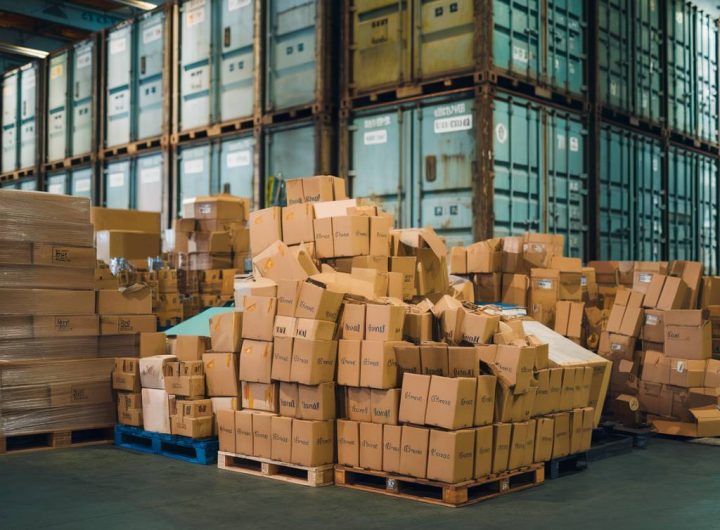
Sustainable packaging innovations transforming logistics operations
Introduction: The Rise of Sustainable Packaging in Logistics
In recent years, sustainability has emerged as a critical focus in the logistics and supply chain sectors. As consumer awareness grows and regulatory frameworks tighten, companies across industries are seeking innovative ways to integrate environmentally responsible practices. One area undergoing rapid transformation is packaging. Sustainable packaging innovations are not only reducing environmental impact, but also optimizing operational efficiency and strengthening brand reputation. This article explores how these developments are reshaping logistics operations, from production and storage to transportation and final delivery.
What Is Sustainable Packaging?
Sustainable packaging refers to materials and design strategies that minimize environmental footprint throughout the product lifecycle. This includes considerations such as:
- Using recyclable, compostable, or biodegradable materials
- Reducing material usage through design optimization
- Improving space efficiency to reduce transportation emissions
- Facilitating reuse or repurposing of packaging items
These principles apply across multiple layers of packaging — primary (product-facing), secondary (grouping of products), and tertiary (pallets, crates, and protective materials used in shipment and warehousing).
Key Innovations in Sustainable Packaging
Innovative solutions are making sustainable packaging more practical and cost-effective for logistics operations. Among the most impactful developments are:
Biodegradable and Compostable Materials
Companies are moving away from traditional plastics toward bio-based alternatives like PLA (polylactic acid), cellulose, and mycelium. These materials decompose naturally, reducing landfill waste and pollution.
Recycled and Recyclable Materials
Corrugated cardboard, molded pulp, and recycled plastics are being used widely in secondary and tertiary packaging. Advancements in polymer recycling have made recycled content more durable and suitable for logistics applications.
Edible Packaging and Plant-Based Alternatives
Highly innovative solutions such as edible wrappers made from seaweed or starch-based films are being explored, particularly in the food and beverage industry. While not yet widespread in logistics, these materials offer exciting future potential for reducing waste in specific sectors.
Reusable Packaging Systems
Closed-loop supply chains now utilize reusable containers, totes, and pallets. These systems reduce waste, lower long-term costs, and provide robust traceability options using RFID or QR codes. Companies like Loop and IFCO are pioneering reusable models for retail and grocery logistics.
Smart Packaging Technology
Smart sensors and IoT devices embedded in packaging help track temperature, vibration, and humidity. These technologies reduce waste by identifying spoilage risks early and ensuring optimal transit conditions. Smart labeling also aids in recyclability by providing sorting information to both consumers and Material Recovery Facilities (MRFs).
Impact on Logistics Operations
Sustainable packaging innovations are driving logistical efficiencies across the supply chain. Here’s how:
Improved Cube Utilization
Thin, lightweight, and nestable packaging designs maximize the use of trailer and container space. This reduces fuel consumption, lowers shipping costs, and minimizes carbon emissions.
Reduced Handling and Improved Automation
Standardized and modular packaging formats—designed for reuse and durability—make it easier for automated systems to sort, store, and transport goods. Fulfillment centers benefit from reduced manual labor and improved accuracy.
Lower Return and Damage Rates
Sustainable packaging doesn’t mean fragile packaging. Innovations in shock-absorbing recycled foams and molded pulp have strengthened protective qualities, ensuring fewer damaged products and returns. This leads to a more efficient reverse logistics process.
Compliance With Global Sustainability Regulations
Legislation such as the European Union’s Packaging and Packaging Waste Directive and the Extended Producer Responsibility (EPR) models in Canada and the U.S. are pushing businesses toward sustainable practices. By adopting eco-friendly packaging, logistics operations can stay ahead of regulatory changes and avoid penalties.
Challenges and Considerations
Despite the clear benefits, integrating sustainable packaging into logistics poses several challenges. Some of these include:
- Cost: Eco-friendly materials can be more expensive upfront. However, total cost of ownership often decreases over time due to efficiency gains and reuse options.
- Availability: Global supply chains for sustainable materials are not yet fully scaled, which can limit supply and lead times.
- Compatibility: Sustainable materials must be compatible with existing machinery and handling equipment. Retrofits or redesigns of lines may be necessary.
These challenges require a strategic approach that balances short-term investment with long-term sustainability goals.
How Companies Are Leading the Way
Several logistics leaders and retail giants are setting industry benchmarks by adopting sustainable packaging solutions at scale.
Amazon’s Frustration-Free Packaging (FFP)
Amazon’s FFP initiative uses certified recyclable materials and eliminates unnecessary secondary packaging. This not only reduces waste but also improves packing speed and reduces damages.
Walmart and Sustainable Packaging Scorecards
Walmart evaluates suppliers based on their packaging sustainability, encouraging innovations in material usage, transport efficiency, and recyclability. This has a trickle-down effect across entire supply networks.
DHL’s Green Logistics Program
DHL integrates eco-packaging into their GoGreen Program, using reusable containers and sustainable materials. The company combines packaging innovation with carbon emission tracking, aligning shipment methods to minimize impact.
Future Trends in Sustainable Packaging and Logistics
As technologies evolve and customer expectations grow, the future of sustainable packaging in logistics will likely incorporate:
- Widespread use of AI in packaging design optimization
- Advanced life-cycle assessments to guide material selection
- More demand for packaging-as-a-service models in B2B logistics
- Stronger collaboration between brands, carriers, and governments to create closed-loop systems
These trends point toward a future where sustainability is not a competitive differentiator, but a baseline expectation. Logistics providers who act now to integrate sustainable packaging practices will be better positioned to meet these evolving demands and contribute to a responsible supply chain ecosystem.

 Enhancing Packaging Sustainability Through Circular Economy Practices
Enhancing Packaging Sustainability Through Circular Economy Practices  Smart Packaging Technologies: Bridging the Gap Between Product Safety and Supply Chain Efficiency
Smart Packaging Technologies: Bridging the Gap Between Product Safety and Supply Chain Efficiency  Optimizing Cold Chain Logistics with Smart Packaging Solutions
Optimizing Cold Chain Logistics with Smart Packaging Solutions  Sustainable packaging innovations transforming logistics operations
Sustainable packaging innovations transforming logistics operations